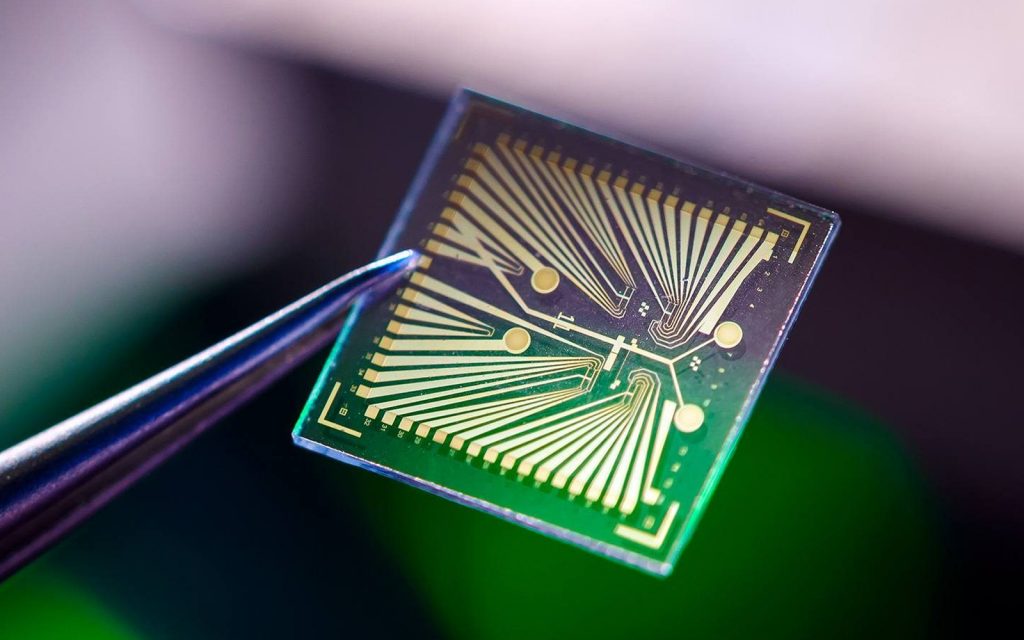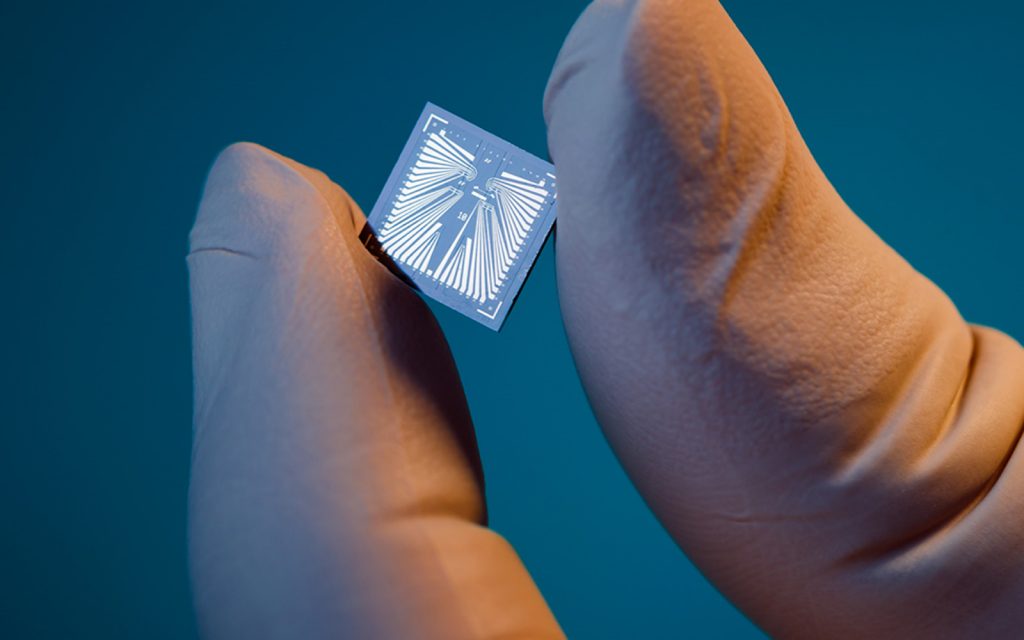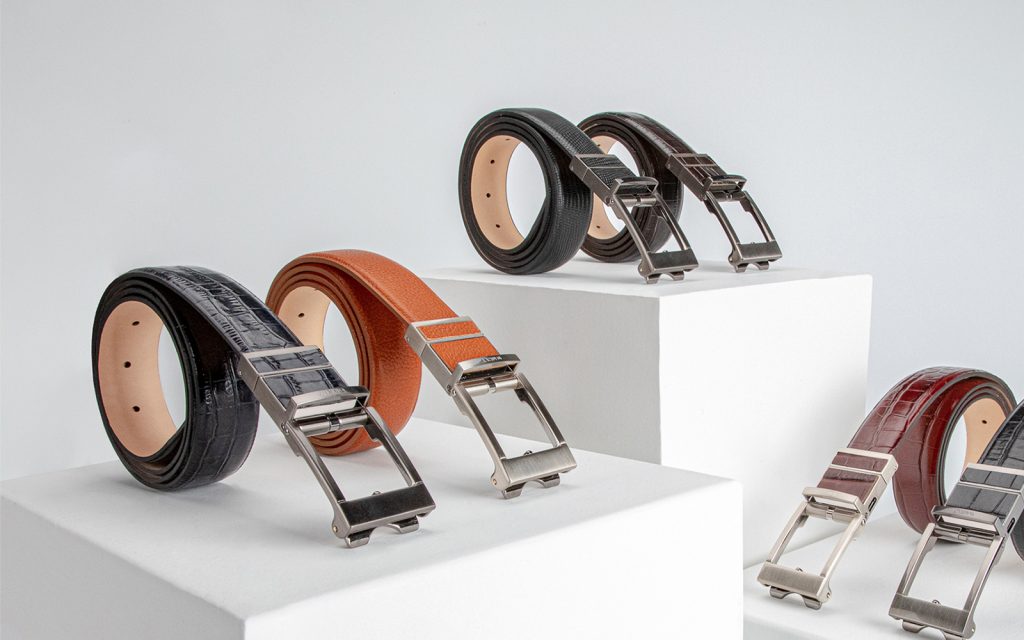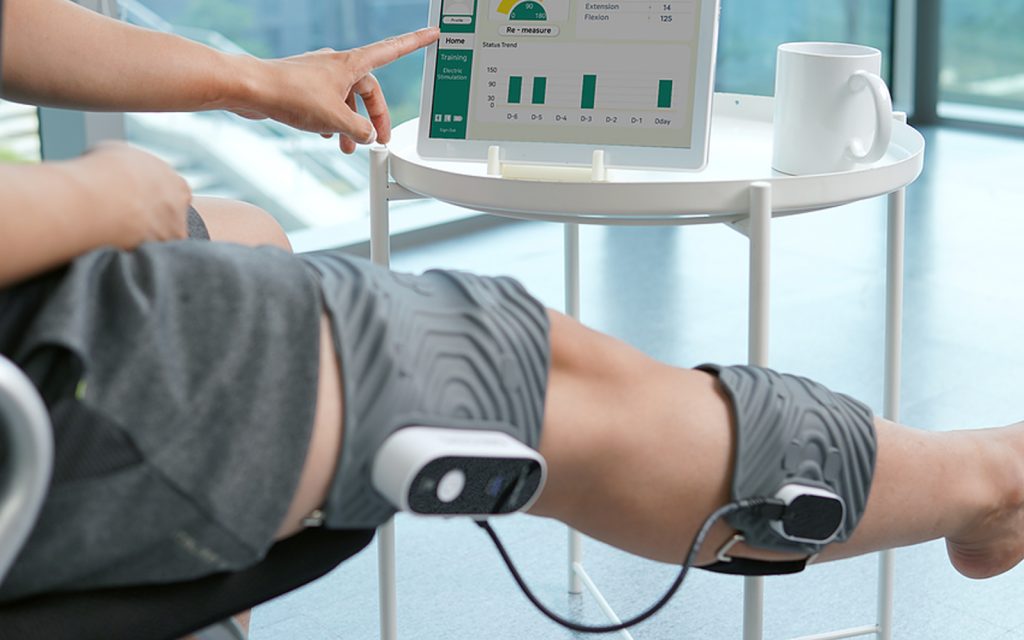New Technologies to Better Understand Our Bodies
With CES 2020 only days away, a new decade for tech starts with comprehending the human body

Important developments in technology, both consumer-facing and industry-specific, oftentimes debut (or meet their demise) at CES, the annual conference held by the CTA in Las Vegas. Sometimes a pool of novel, albeit unnecessary announcements, the show acts as a reliable pulse on the industry as a whole. And, as years pass the show floor shifts its focus to correspond to current cultural interests and to pitch lofty ambitions for the future.
This year, collective attention shifts to fixations with our bodies and ailments. For instance, new inch-by-inch patches could relay real-time status reports on our blood pressure, the quality of the air we breathe, how our body is reacting to something we just ate, and whether or not that food was actually bad. These are just a few of the hundreds of thousands of products—found on CES’ Innovation Award Honorees list—to be shown at CES 2020 that highlight the potential of a category currently reserved for specific use-cases rather than general synchrony between data and delivery.

Lab-on-Skin
Embeddable into patches or performance wear, Xsensio’s Lab-on-Skin wearable surveys the bevy of information that can be collected from the surface of our skin and conveys it in real-time. It relies on just a few nanoliters of sweat and returns information on electrolyte and metabolite levels, hormones and proteins, and other gauges of overall wellness. Imagine, in the same way you can toggle in and out of earbud settings with a slight touch, a moment where health data can be accessed simply by tapping your miniature chip.

WELT Smart Belt
Rather than address bodily issues after they’ve made an impact, WELT works to invent preventative solutions. Their Smart Belt, which will be on display this year, detects variations in normal walking patterns and overall balance to predict susceptibility to falling. Though it’s initially intended for the elderly, the belt’s unique ability to detect the precursors to tumbles or tasks the individual may not be physically prepared for poises it for applications in deterring drunk driving, identifying injuries, and so much more—especially since it’s an accessory many wear already.

AerNos
AerNos, an embeddable chip that also docks to IOT devices or wearable technologies, can detect changes in air quality, the presence of pollutants harmful to the skin or lungs, smoke, and even subtle changes in the environment that can be attributed to climate change. The device doubles as a personal health tool—one that knows your immediate environment better than you do—and as an actionable assessment of the status of your sliver of our planet.

Skiin Connected Innerwear
After unveiling a blood pressure monitoring shirt at last year’s CES, Myant aims to expand the Skiin‘s potential by expanding the same textile computing technology to other garments—namely bras, underwear and undershirts. Advanced sensors and actuator technologies provide data-driven feedback—your heart rate, how stress is impacting you, your temperature, activity level, sleep stage, and more—and allow for a consolidated, exported report to be prepared from it all. The goal is for users to be more connected to their bodies—particularly its irregularities and inefficiencies—and take action to correct or address the problems. One day, it seems, our clothes will be our own interconnected system, culminating in a dashboard-like delivery system where reports could live.

EXOsystems
Technology companies are working not only to make prolonged pain and decreased range of motion more tolerable but shorter-lasting and less prohibiting. Namely, exoRehab by EXOSYSTEMS works to speed up the process of rehabilitation after an injury or neglected ailment pertaining to knees. A wearable device with programmable settings and smart features, exoRehab stabilizes and supports the knee joint and records the progress of your recovery program. If you’re behind, or there are better or worse days, the device can gamify a session and even defer to neuromuscular electrical stimulation for strength training. Though the knee is the primary focus at launch, exoRehab could eventually cater to each of the body’s most at-risk areas, and perhaps one day pivot to preventative measures.

Cocoon Health Baby Monitor
Not a wearable, but tangential to some of the aforementioned tech, Cocoon Health‘s newest baby monitor employs AI and movement recognition tools to detect when a baby falls asleep or wakes up, and even how restful their sleep was. The device captures sound, but it also acts, inherently, as a second opinion on wellbeing, leaving room for potential applications within the homes of elderly or at-risk people.
Images courtesy of respective venues, hero image courtesy of Xsensio












